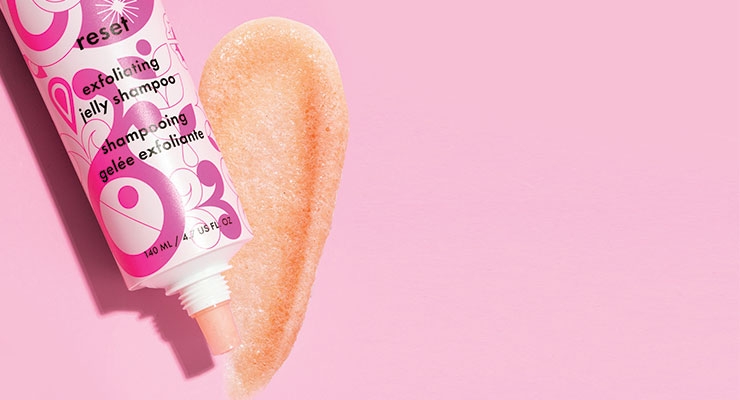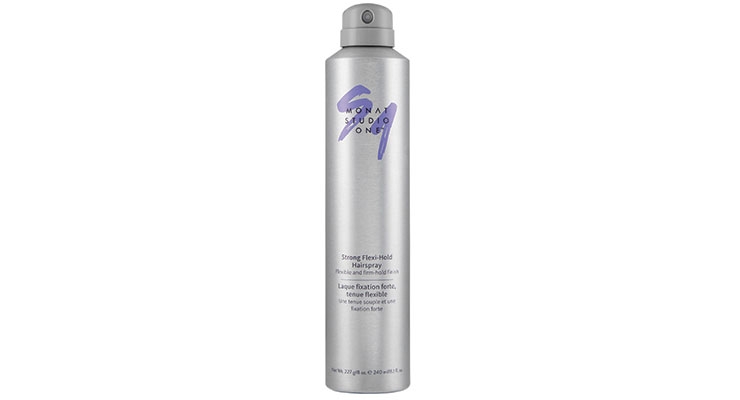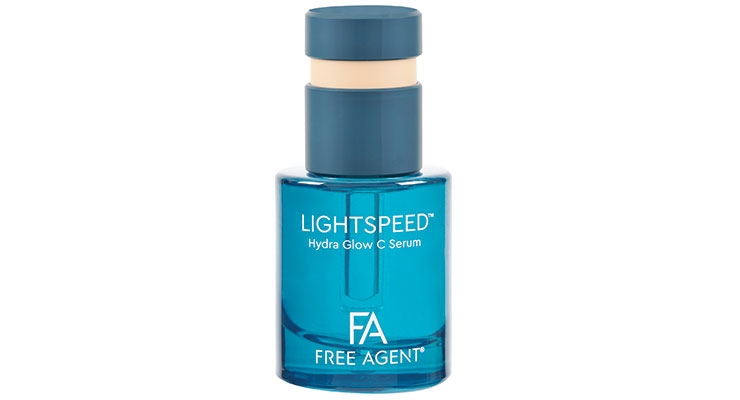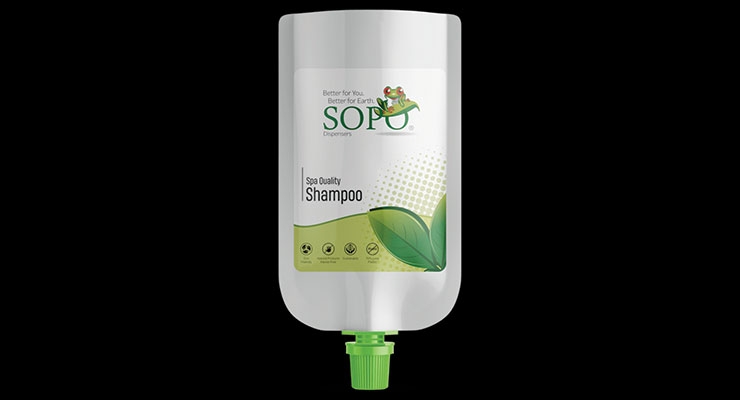Joanna Cosgrove, Contributing Editor03.04.20
From thin liquids to viscous creams, there’s a dispenser for every product. And like the rest of the packaging industry, dispensers are continuing to adapt to suit changing demands in the beauty marketplace.
Lisa Petersmark, vice president of marketing, Aptar Beauty + Home, reports that sustainability and e-commerce friendly packaging are two mega trends that come up continually with her brand partners. “The conscious consumer is very aware of the environmental impact their purchasing habits have on the ecosystem and are purchasing from brands who align with their values, which cascades up to us as the suppliers,” she says. “This could mean multiple things including the ability to recycle packaging or purchasing items that come from recycled packaging. What we’ve found is there is no one size fits all answer to a true circular economy except the demand for full transparency.”
To that end, Aptar Beauty + Home has created a multi-pronged approach that spans design for sustainability, increased local production in North America to decrease its carbon footprint, is testing reusable solutions, and increasing the use of recycled resin in its products to reduce the introduction of virgin resins.
The company is working on e-commerce capable dispensing solutions that address the omni-channel needs of brands. “As part of Amazon’s APASS program, our closures, spray technology and dispensing solutions are designed to pass ISTA-6 testing, eliminating the need for things like overwrapping or extra packaging,” Petersmark says, adding that they also market an E-Clip that prevents lotion dispensers from breaking or actuating in transit.
Aptar Beauty + Home partnered with haircare brand MONAT last fall to provide a unique dispensing gesture for their award-winning launch of Studio One Strong Flexi-Hold Hairspray. The outcome earned MONAT a 2019 ADF Innovation Award in personal care packaging innovation for the product.
The product features Aptar Beauty + Home’s Apollo dispensing solution, which the company says addresses the demand for e-commerce-capable, travel-friendly products that provide shelf and product differentiation. The patented 2-in-1 dispensing aerosol actuator flexibly enables consumers to choose between a broad or targeting spray with a simple twist and click between the two orifices, or lock into place while on-the-go.
The configuration additionally allows brands to select between various spray insert combinations (standard, powder, vertical or horizontal fan, and/or streamer) across multiple product applications. Apollo features Aptar’s patented twist-to-lock actuator, fits a one-inch mounting cup and is designed for BOV or VX valves.
“MONAT saw a real need to modernize the hairspray category, and Apollo enabled us to customize the user experience in a way that’s never been done before. The ability to achieve different styles and holds with one purchase is a game-changer for our clientele,” comments Stuart MacMillan, president, MONAT.
New Opportunities for Airless
Airless packaging has become an important dispensing option, especially for products with sensitive or “clean” ingredients such as those found on Sephora’s Blacklist and Credo’s The Dirty List. “Without preservative ingredients such as Parabens, BHA, BHT, Methylchloroisothiazolinone, Methylisothiazolinone, Phenoxyethanol and others, brands are needing to rely even more on airless packaging systems to preserve formulas,” says Alexander Kwapis, executive director of product design and development, FusionPKG.
As an extension of that concept, FusionPKG recently launched Pure Jar, which combines the prestige of a jar with the protection of an airtight dispensing system in a lightweight, user-controlled package. “It’s a simple, engine-less design that allows the consumer to control their preferred dosage by pushing up from the base button for one-way product flow, reducing the possibility of contamination that can occur with dipping into traditional jars while creating a more hygienic product experience for the end user,” explains Kwapis. “Brand formulas are protected from outside contaminants to ensure ingredients stay potent and effective through the entire product life cycle.” He adds that the efficient evacuation of product out of an airless package results in low wastage of formulas, which translates into consumers using more of the product they purchased—a feature that aligns well with the sustainability missions of many eco-conscious brands.
Kwapis says that despite the advancement in dispensing technologies, there is still room for new development and innovation. In fact, the development team he leads is constantly re-evaluating its airless and atmospheric engines to improve the way they function. “Dispensing also continues to evolve because formulas continue to evolve and get more powerful or perform in some novel way,” he says. “As a result, our mechanical and packaging engineers are working with our chemists in our lab as well as with our customers’ packaging teams and continually exploring new materials for our airless and atmospheric engines.”
A Quest for Differentiation
Brands are always in search of an edge that will help their products stand out in a crowded marketplace and dispensers can provide differentiation in unexpected ways. “Extrafunction” is one trend helping the cause. With the rising popularity of jade rollers and other similarly purposed skincare accessories that offer the dual benefit of product application and therapeutic skin massage, dispenser developers like Virospack are broadening their dispenser componentry with value-added, dual-purpose configurations.
“Consumers look for emotions, for interaction with the brand, with the product, and an extrafunction is well valued by them,” says Rosa Porras Mansilla, marketing communications manager, Virospack, which released a Massager Dispenser Dropper last November—the first dropper featuring a bulb inside a pipette that ends in a Zamac tip for a massaging action and an instant cooling effect, which Mansilla says improves the effectiveness of the cosmetic formula. She adds that the Massage Dispenser was also chosen as the Best Innovation 2020 by the Packaging of Perfume Cosmetics & Design (PCD) jury.
Virospack’s new push button configuration, Ring Push Button Dropper, is another award-winning dispenser design characterized by greater dosage volume, comfortable usage thanks to a flat actuator, and higher surface volume for decoration and customization. Each of Ring Push Button Dropper’s three parts can be decorated with different techniques for a unique final result. This product was launched last January and spotlighted as the best innovation in packaging 2019 in MakeUp in Los Angeles in February.
Free Agent Skin Care selected the Ring Push Button Dropper for its Lightspeed Hydra Glow C Serum 10% BV-OSC. Mansilla says the brand sought a package that could be personalized with a qualitative look and Virospack delivered. The Ring Push Button Dropper used for Lightspeed features blue injected color in each of the three parts; two are in a custom classic blue (the 2020 Pantone color) evocative of the ocean, while the central ring is in a “baby custom pink” suggestive of “skin, smoothness, delicacy [and] sweetness.”
The patent pending TM Dropper from HCT Group is another representation of how packaging providers are innovating by integrating unique dispensing methods into packaging designs. Ideal for high-grade skincare formulations, the component houses two formulas in separate chambers then mixes them together with a twist of the package’s collar. Shaking the package mixes the contents of the smaller chamber with the contents of the larger chamber. The homogenized product is dispensed via a dropper assembly.
“The most important part is creating something that is simple (and intuitive) yet effective so that consumers can easily understand how to use the product and benefit from the unique mechanism,” comments Carley Propst, public relations and marketing manager, HCT Group. “Packages like this one also lend brands the freedom to be more creative in their formulations and how the formulation interacts with the packaging.”
Upgraded Tube Dispensing
Tubes are also benefiting from dispensing technology advancements. Melanie Gaudun, business development manager at Viva Tubes IML, says more formulas that were previously in bottles and jars are being filled into tubes and dispensed with everything from simple applicator tips to dual dispensing and airless configurations. She says there has also been an uptick in tubes with mechanical and specialty dispensers too, including roller ball, silicone applicator, lip brush and flocked doe foot applicators.
Gaudun remarks that while the tube segment has been especially amenable to ongoing sustainable packaging trends, she’s also seeing similar trends influence the dispensing side as well. Brands are interested in “having a sustainability story [meaning] less metal, less plastic, PCR options, mono-material, etcetera,” she says. Looking ahead, Gaudun says opportunities lie in removing all metal mechanisms, reducing plastic, converting to 100% PCR, and utilizing new technologies to offer clear PCR streams that look and perform like virgin plastic.
As for predominant tube dispensing trends, Gaudun points to the “very liquid formula” trend in the skincare and hair care markets. “Closures must be able to dispense just the right amount (e.g., serum formulas and formulas that include oils),” she says. “There is [also] an opposite trend for very thick formulas, such as masks and scrubs, which demand a large orifice and ‘squeezability’ to dispense the formula.”
One of Viva IML Tubes’ latest brand partnerships was with hair care brand Amika. Viva provided a D38.5 white tube with a large nose tip and large orifice for the brand’s Reset Exfoliating Jelly Shampoo. According to Viva’s Gaudun, the nose is large enough to allow a thicker formula to dispense but still delivers a precise application of the product to the hair roots.
The tube was completely manufactured, decorated and capped in-house at Viva IML Tubes’ Toronto facility. “The tube has full coverage, high quality decoration, including in the crimp, thanks to a PP in-mold label, [and delivers] savings on environmental impact related to the production and transport of polypropylene [related to] the tube cap, tip and in-mold label [which] are all made of PP,” she says.
Gaudin is excited for what lies ahead in the realm of tube dispensers. “[Viva] looks forward to a dual airless pump tube later this year, to offer two paired formulas to consumers, which could be used on their own, consecutively, or at the same time (up to 4 oz. on each side),” she says. The format has an option for one or two orifices, one or two actuators, and equal or different dispensing dosages. “These will be manufactured in-house, saving on lead time and carbon footprint (transportation).”
A new take on an eco-friendly dispensing pouch was granted a patent last November and is set to launch this month. SOPO, an acronym for Stick On Pull Off Dispensers, is a pre-filled pouch that attaches to the shower/tub wall and dispenses product when pressure is applied to the pouch via a gravity-fed, one-way silicone valve and spout at the bottom of the package. When the package is empty, the pouch removes from walls without leaving damage.
Edward Goldfarb, SOPO’s president and inventor, says his recyclable product eliminates cluttered counters and contains about 70% less plastic than plastic bottles. “Once attached it’s hands-free to use and a great benefit for those with dexterity issues,” he says. “A spout located at the bottom has a one-way silicone valve that keeps the product inside until pressure is applied, allowing product to immediately be released into the consumer’s hand.
“There’s no need to shake out or waste the last 10% of the product usually remaining in the bottom of the bottle,” he continues. “Another advantage of gravity-fed is 100% of the contents are instantly available and delivered to the very last dollop.”
The pouches are filled with shampoo and conditioner products formulated by Spa de Soleil, to be followed by body wash, moisturizer and a children’s line. Goldfarb says the SOPO configuration lends itself to many other applications and the company is exploring the possibility of a developing a one-ounce mini iteration for use in hotels.



















